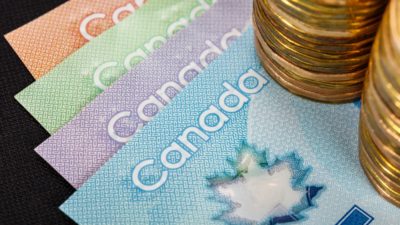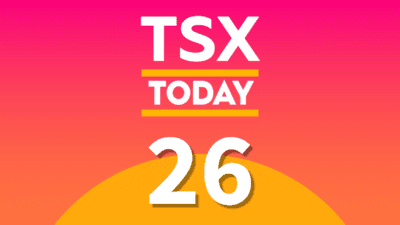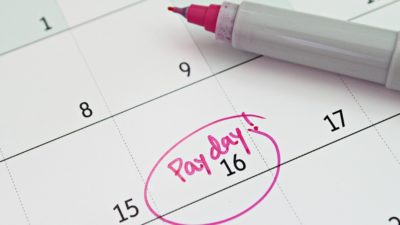Traditionally, Easter weekend is when most Canadian taxpayers get serious about filing their annual taxes. The tax-filing deadline here is April 30, or two weeks later than America’s equivalent deadline of April 15.
As I’ve noted previously, if you’re an investor with significant non-registered or taxable investments, it’s futile to file your taxes before the end of March. That’s because financial institutions aren’t obliged to mail out T-3 receipts (which show non-registered income paid out by income trusts and REITs, exchange-traded funds, and mutual funds) until March 31. And no one wants to have to file a Notice of Adjustment — or worse, be liable for penalties on unreported investment income.
As it turns out, if those who “NetFile” their own returns prepared with tax software like TurboTax submit their returns this week, they will probably receive their tax refunds (if applicable) around the time last-minute procrastinators are just sending in their returns.
Congrats if you’re getting a refund, but …
Let’s assume you qualify for a tax refund and that this refund arrives late in April or early in May. I’d say congratulations, but first I have to acknowledge the tax purists who insist that any kind of tax refund is in and of itself a “bad thing.” They’ll say things like “you’re just giving the government a tax-free loan.”
That’s true as far as it goes, but I think I am like most Canadian taxpayers when I say I’d far rather receive a modest tax refund than be obliged to cut yet another cheque to the Receiver General of Canada.
If you really hate giving Ottawa tax-free loans, the traditional remedy is to ask your employer to reduce slightly the amount it is withholding “at source” on your paycheque. A big refund means they took too much tax off your regular paycheque, probably because they weren’t aware of your RRSP contributions, which of course you should be maximizing.
So one thing to do with your tax refund going forward is to choose to receive it 24 or 26 times a year, by telling your payroll department that you plan to max out your RRSP contributions from now on, and you’d prefer to get your “refund” in advance by having less tax withheld at source.
This has the virtue of automating your RRSP contributions — and therefore your retirement savings. As Martha Stewart would say, that’s a “good thing.”
Even so, personally, I do not set it up that way and I’d suggest that any investors with substantial investments held outside registered plans should be wary of the above gambit. That’s because if you’re receiving a lot of taxable dividend income, and perhaps some capital gains, that investment income will NOT be taxed at source and therefore you WILL have some tax liability come tax-filing time.
I have found that, at least when I was a full-time employee, that leaving my at-source-taxation as it was plus RRSP-ing to the max just about offset taxes on non-registered investment income. No huge tax refund, or a tiny one, but no huge cheque to cut either, which suits me.
How to spend it
Now what if, for whatever reason, you really do expect to get a tax refund of several thousand dollars?
First, I don’t suggest splurging on a vacation, however much it may be deserved. I hate to be a killjoy but the best thing you can do with the refund is to immediately pump it back into next year’s RRSP contribution! You want to set up a “virtuous circle” of RRSP contributions lowering your taxable income and using the tax savings to generate the following year’s RRSP, ad infinitum or until you achieve financial independence.
If your refund is really large, ideally it will also let you get a head start on the next installment of your Tax Free Savings Account (TFSA). I normally max out my TFSA to the tune of $5,500 early every January. You could “park” a big tax refund this spring in a high-interest savings account for the balance of 2015, then contribute it to the TFSA in January 2016. Yes, there will be a bit of tax due on the interest income, but at today’s interest rates it will be a relative pittance.
I should close with a caution that this is based on the assumption you have no debt. Obviously, if you owe the credit-card companies high-interest, non-deductible consumer debt (on the order of 20% per annum), you should first apply your refund to eliminating that debt. If you have no credit-card debt but still have a mortgage on your home, then the next best thing to do with the refund is to pay down some of your mortgage. Either of these actions will likely pay off better than any high-flying investment you might be tempted to acquire for your TFSA or RRSP.
And if you have no debt and have already maxed out your RRSPs and TFSAs? Congratulations! You could, of course, add to your non-registered investments, but I’d hate people to think I was a complete tax refund killjoy. So the day the refund arrives, go ahead and splurge on a nice dinner with your significant other. You have my blessing, just as long as you decide over dinner on how to invest the rest of the refund!







